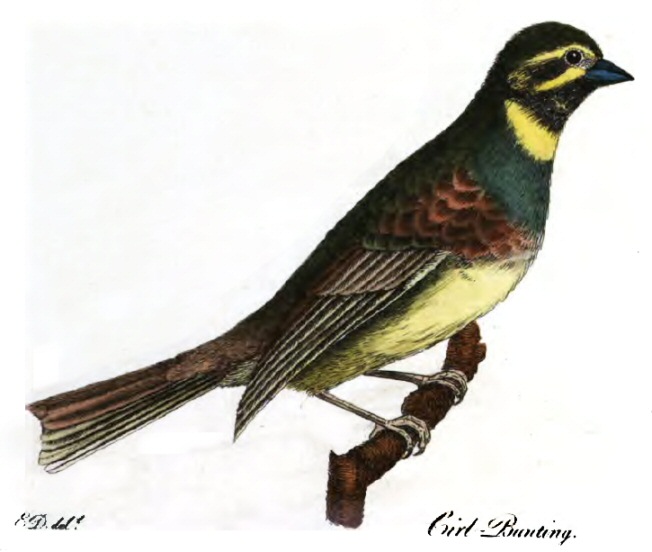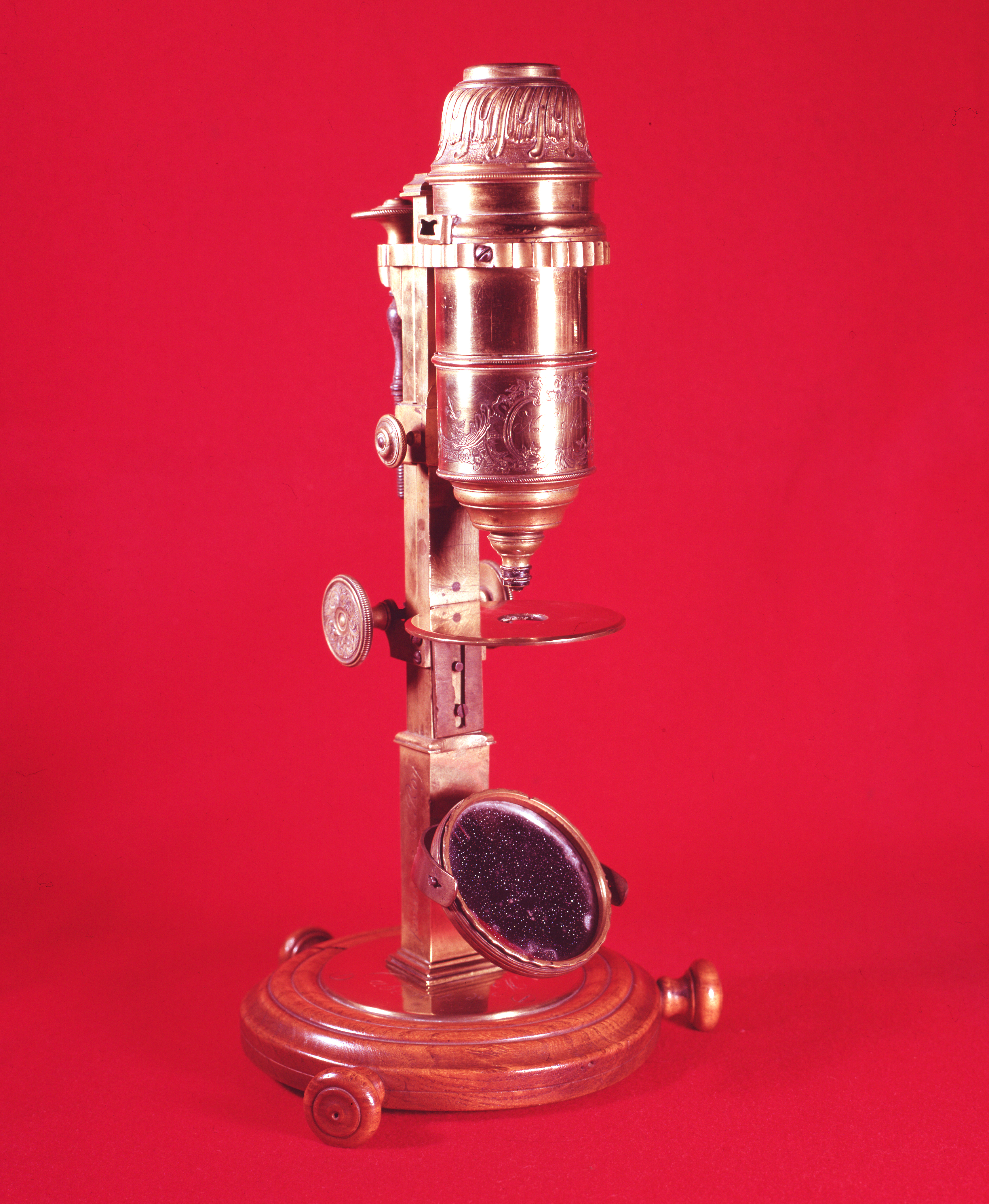|
Ornithological Dictionary
The ''Ornithological Dictionary; or Alphabetical Synopsis of British Birds'' was written by the English naturalist and army officer George Montagu, and first published by J. White of Fleet Street, London in 1802. It was one of the texts, along with Thomas Bewick's contemporaneous '' A History of British Birds'' (2 volumes, 1797 and 1804) that made ornithology popular in Britain, and, with the 1676 ''Ornithologia libri tres'' of Francis Willughby and John Ray, helped to make it the object of serious study. The book includes a description of the cirl bunting, discovered by Montagu in 1800 near his home in Kingsbridge, Devon.Cocker and Mabey, 2005. pp. 462–463 The first edition was admired by biologists including Charles Darwin and David Lack. A second edition, extensively revised by James Rennie in 1831, was panned by scientific critics. Context The ''Ornithological Dictionary'' is George Montagu's best-known work, and the one that established his reputation as a pione ... [...More Info...] [...Related Items...] OR: [Wikipedia] [Google] [Baidu] |
George Montagu (naturalist)
George Montagu (1753 – 20 June 1815) was an English army officer and naturalist. He was known for his pioneering ''Ornithological Dictionary'' of 1802, which for the first time accurately defined the status of Britain's birds. He is remembered today for species such as the Montagu's harrier, named for him. Life and work George Montagu was born to James Montagu (1713–1790), who was great-great-grandson of Lord James Montagu (d. 1665), who was younger son of Henry Montagu, 1st Earl of Manchester. Montagu is best known for his ''Ornithological Dictionary'' (1802) and his contributions to early knowledge of British birds. He showed that many previously accepted species were invalid, either because they were birds in summer or winter plumage or males and females of the same species. His study of harriers resulted in the discovery that the Montagu's harrier was breeding in southern England. He was also involved in the first British records of cirl bunting, whose breeding ra ... [...More Info...] [...Related Items...] OR: [Wikipedia] [Google] [Baidu] |
Grebe
Grebes () are aquatic diving birds in the order Podicipediformes . Grebes are widely distributed freshwater birds, with some species also found in marine habitats during migration and winter. Some flightless species exist as well, most notably in stable lakes. The order contains a single family, the Podicipedidae, which includes 22 species in six extant genera. Although, superficially, they resemble other diving birds such as loons and coots, they are most closely related to flamingos, as supported by morphological, molecular and paleontological data. Many species are monogamous and are known for their courtship displays, with the pair performing synchronized dances across the water's surface. The birds build floating vegetative nests where they lay several eggs. About a third of the world's grebes are listed at various levels of conservation concerns—the biggest threats including habitat loss, the introduction of invasive predatory fish and human poaching. As such, three ... [...More Info...] [...Related Items...] OR: [Wikipedia] [Google] [Baidu] |
Mathurin Jacques Brisson
Mathurin Jacques Brisson (; 30 April 1723 – 23 June 1806) was a French zoologist and natural philosopher. Brisson was born at Fontenay-le-Comte. The earlier part of his life was spent in the pursuit of natural history; his published works in this field included ''Le Règne animal'' (1756) and the highly regarded ''Ornithologie'' (1760). As a young man, he was a disciple and assistant of René Antoine Ferchault de Réaumur. For a period of time he was an instructor of physical sciences and natural history to the family of the monarch. He held the chair of physics at the College of Navarre, and from 1759 was a member of the Academy of Sciences. A significant work involving the " specific weight of bodies" was his ''Pesanteur Spécifique des Corps'' (1787). In his investigations of electricity Electricity is the set of physical phenomena associated with the presence and motion of matter that has a property of electric charge. Electricity is related to magne ... [...More Info...] [...Related Items...] OR: [Wikipedia] [Google] [Baidu] |
Georges-Louis Leclerc, Comte De Buffon
Georges-Louis Leclerc, Comte de Buffon (; 7 September 1707 – 16 April 1788) was a French naturalist, mathematician, cosmologist, and encyclopédiste. His works influenced the next two generations of naturalists, including two prominent French scientists Jean-Baptiste Lamarck and Georges Cuvier. Buffon published thirty-six quarto volumes of his '' Histoire Naturelle'' during his lifetime, with additional volumes based on his notes and further research being published in the two decades following his death. Ernst Mayr wrote that "Truly, Buffon was the father of all thought in natural history in the second half of the 18th century".Mayr, Ernst 1981. ''The Growth of Biological Thought''. Cambridge: Harvard. p 330 Credited with being one of the first naturalists to recognize ecological succession, he was later forced by the theology committee at the University of Paris to recant his theories about geological history and animal evolution because they contradicted the Biblica ... [...More Info...] [...Related Items...] OR: [Wikipedia] [Google] [Baidu] |
Carl Linnaeus
Carl Linnaeus (; 23 May 1707 – 10 January 1778), also known after his ennoblement in 1761 as Carl von Linné Blunt (2004), p. 171. (), was a Swedish botanist, zoologist, taxonomist, and physician who formalised binomial nomenclature, the modern system of naming organisms. He is known as the "father of modern taxonomy". Many of his writings were in Latin; his name is rendered in Latin as and, after his 1761 ennoblement, as . Linnaeus was born in Råshult, the countryside of Småland, in southern Sweden. He received most of his higher education at Uppsala University and began giving lectures in botany there in 1730. He lived abroad between 1735 and 1738, where he studied and also published the first edition of his ' in the Netherlands. He then returned to Sweden where he became professor of medicine and botany at Uppsala. In the 1740s, he was sent on several journeys through Sweden to find and classify plants and animals. In the 1750s and 1760s, he continued to coll ... [...More Info...] [...Related Items...] OR: [Wikipedia] [Google] [Baidu] |
Yellowhammer
The yellowhammer (''Emberiza citrinella'') is a passerine bird in the bunting family that is native to Eurasia and has been introduced to New Zealand and Australia. Most European birds remain in the breeding range year-round, but the eastern subspecies is partially migratory, with much of the population wintering further south. The male yellowhammer has a bright yellow head, streaked brown back, chestnut rump, and yellow under parts. Other plumages are duller versions of the same pattern. The yellowhammer is common in open areas with some shrubs or trees, and forms small flocks in winter. Its song has a rhythm like "A little bit of bread and no cheese". The song is very similar to that of its closest relative, the pine bunting, with which it interbreeds. Breeding commences mainly in April and May, with the female building a lined cup nest in a concealed location on or near the ground. The three to five eggs are patterned with a mesh of fine dark lines, giving rise to the ol ... [...More Info...] [...Related Items...] OR: [Wikipedia] [Google] [Baidu] |
Indigenous (ecology)
In biogeography, a native species is indigenous to a given region or ecosystem if its presence in that region is the result of only local natural evolution (though often popularised as "with no human intervention") during history. The term is equivalent to the concept of indigenous or autochthonous species. Every wild organism (as opposed to a domesticated organism) is known as an introduced species within the regions where it was anthropogenically introduced. If an introduced species causes substantial ecological, environmental, and/or economic damage, it may be regarded more specifically as an invasive species. The notion of nativity is often a blurred concept, as it is a function of both time and political boundaries. Over long periods of time, local conditions and migratory patterns are constantly changing as tectonic plates move, join, and split. Natural climate change (which is much slower than human-caused climate change) changes sea level, ice cover, temperature, and r ... [...More Info...] [...Related Items...] OR: [Wikipedia] [Google] [Baidu] |
Birds Britannica
''Birds Britannica'' is a book by Mark Cocker and Richard Mabey, about the birds of the United Kingdom, and a sister volume to Mabey's 1996 ''Flora Britannica'', about British plants. It was published in 2005 by Chatto & Windus. According to the project's official website: It covers cultural links; social history; birds as food; ecology; the lore and language of birds; myths, art, literature and music; anecdotes, birdsong and rare facts; modern developments; migration, the seasons and our sense of place. Over 1,000 members of the public provided details of their observations and experiences, during the book's eight-year research period. Mabey's contribution was limited by his depression, leading to Cocker having a leading role, doing the bulk of the work and this more prominent credit. Reviews ''The Guardian'' described the book as "a glorious encyclopedia" and Cocker as "British bird life's perfect encyclopedist". ''The Times ''The Times'' is a British daily natio ... [...More Info...] [...Related Items...] OR: [Wikipedia] [Google] [Baidu] |
Avocet
The four species of avocets are a genus, ''Recurvirostra'', of waders in the same avian family as the stilts. The genus name comes from Latin , 'curved backwards' and , 'bill'. The common name is thought to derive from the Italian ( Ferrarese) word . Francis Willughby in 1678 noted it as the "Avosetta of the Italians". Biology Avocets have long legs and they sweep their long, thin, upcurved bills from side to side when feeding in the brackish or saline wetlands they prefer. Their plumage is pied, sometimes also with some red. Members of this genus have webbed feet and readily swim. Their diet consists of aquatic insects and other small creatures. They nest on the ground in loose colonies. In estuarine settings, they may feed on exposed bay muds or mudflats. The pied avocet is the emblem of the Royal Society for the Protection of Birds. Taxonomy The genus ''Recurvirostra'' was introduced in 1758 by Swedish naturalist Carl Linnaeus in the 10th edition of his to contain a ... [...More Info...] [...Related Items...] OR: [Wikipedia] [Google] [Baidu] |
Siskin
The name siskin when referring to a bird is derived from an adaptation of the German dialect words ''sisschen'', ''zeischen'', which are diminutive forms of Middle High German (''zîsec'') and Middle Low German (''ziseke'', ''sisek'') words, which are themselves apparently of Slavic origin. The name siskin was first recorded in written English in 1562, referring to the Eurasian siskin, ''Spinus spinus''.''Oxford English Dictionary'' ''Spinus'' * Andean siskin, ''Spinus spinescens'' * Antillean siskin, ''Spinus dominicensis'' * Black siskin, ''Spinus atratus'' * Black-capped siskin, ''Spinus atriceps'' * Black-chinned siskin, ''Spinus barbatus'' * Black-headed siskin, ''Spinus notatus'' * Eurasian siskin, ''Spinus spinus'' * Hooded siskin, ''Spinus magellanicus'' * Olivaceous siskin, ''Spinus olivaceus'' * Pine siskin, ''Spinus pinus'' * Red siskin, ''Spinus cucullatus'' * Saffron siskin, ''Spinus siemiradzkii'' * Thick-billed siskin, ''Spinus crassirostris'' * Yellow-bel ... [...More Info...] [...Related Items...] OR: [Wikipedia] [Google] [Baidu] |






.jpg)